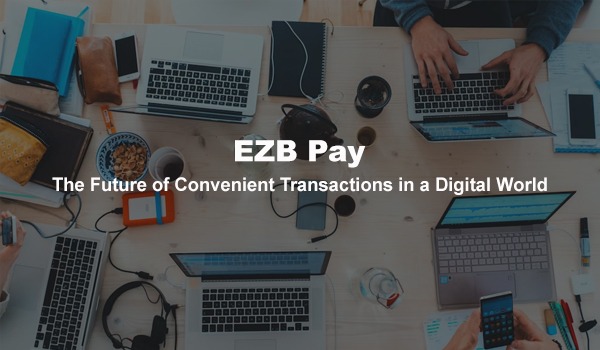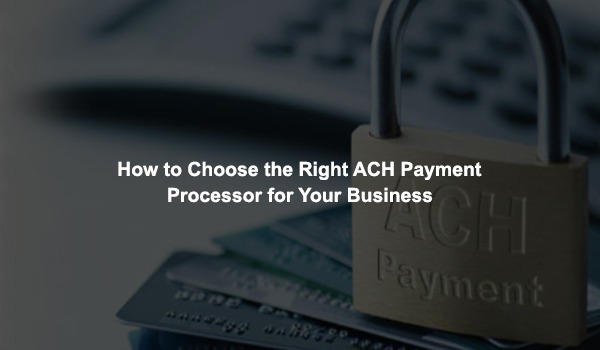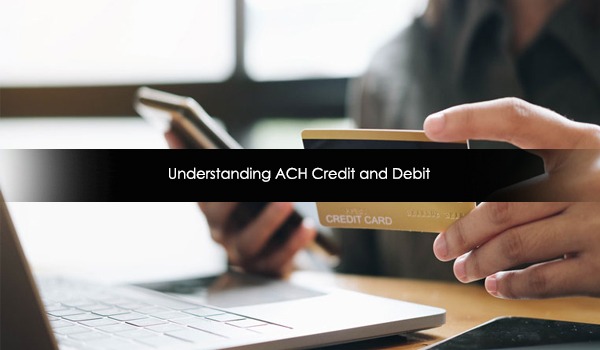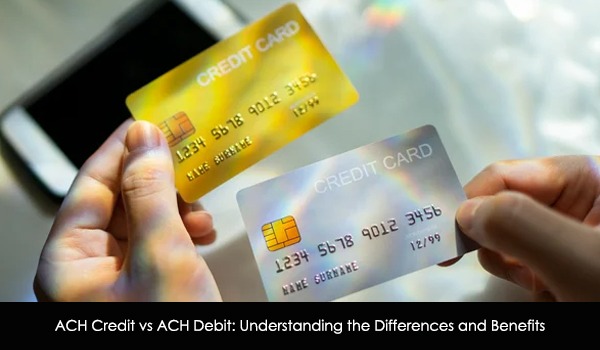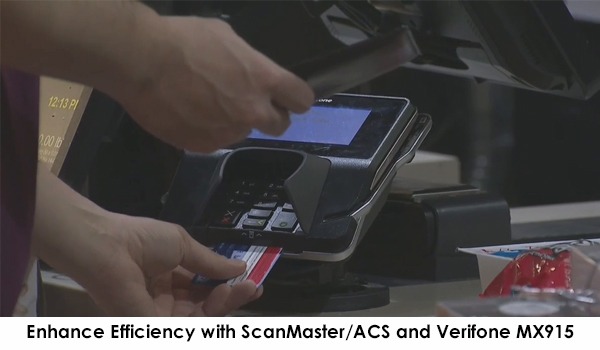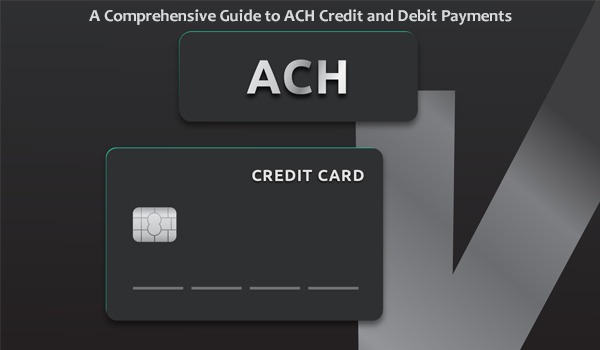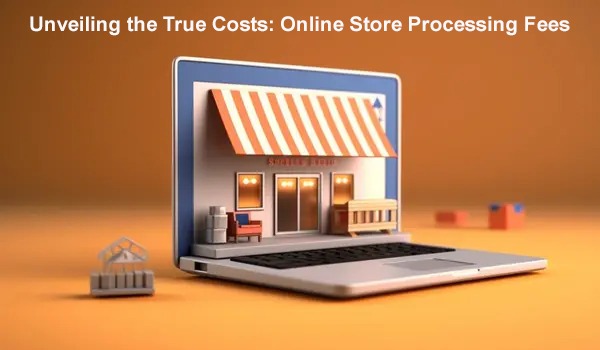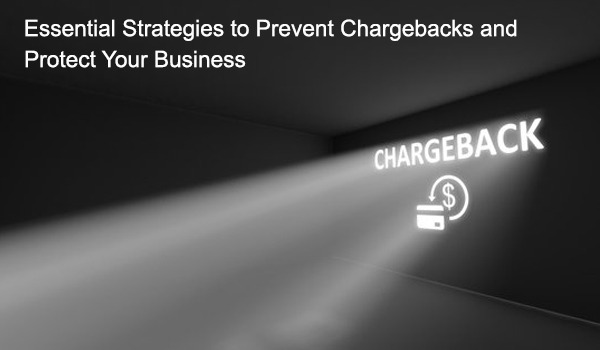
Understanding Chargebacks
To effectively battle chargebacks, we first need to understand our adversary.
The Basics of Chargebacks
Imagine a situation where a customer claims they didn't receive the product or the service was unsatisfactory. Instead of talking to you about it, they go straight to their bank, and suddenly, the transaction amount is taken from your account as a chargeback. While this process is meant to protect consumers, it can also be misused.
Common Causes of Chargebacks
From not recognizing a transaction on their statement to being unsatisfied with a purchase, the reasons customers file for chargebacks are vast. Some are even as simple as the customer forgetting they made the purchase in the first place!
Impact on Businesses
Chargebacks can rapidly turn from a minor inconvenience to a significant threat, affecting your bottom line and how payment processors view your business. Too many chargebacks? You might find yourself paying higher processing fees or, worse, losing the ability to accept credit cards altogether!
Tightening Transaction Processes
To reduce these risks, let's strengthen our defenses and refine our transaction processes.
Clear Communication and Descriptions
The clearer your product descriptions and store policies are, the less room there is for misunderstanding. Ensure that product descriptions are detailed and accurate, providing customers with a clear understanding of what they can expect. Clearly communicate store policies, including return and refund policies, to manage customer expectations effectively. By minimizing ambiguity, you can reduce the likelihood of disputes and chargebacks stemming from misunderstandings.
Enhanced Customer Verification
Integrating advanced verification methods at checkout can ensure the person making the purchase is who they say they are, significantly reducing the risk of fraudulent chargebacks. Implement multi-factor authentication, address verification, or identity verification measures to authenticate customers' identities before completing transactions. This additional layer of security helps mitigate the risk of unauthorized transactions and provides reassurance to both customers and merchants.
Secure Payment Gateways
Partner with payment gateways known for their security features. It's like choosing the best locks for your home; you want the ones that keep the burglars out. Select payment gateways that prioritize security and offer robust fraud detection and prevention mechanisms. Ensure that the payment gateway is PCI-DSS compliant and employs encryption protocols to safeguard sensitive payment information. By partnering with trusted payment gateways, you can enhance transaction security and reduce the risk of data breaches and fraudulent activities.
Implementing Preventative Customer Service
Now, let's talk about rolling out the welcome mat and keeping our customers so happy they wouldn't dream of charging back.
Proactive Customer Engagement
Regularly check in with your customers through surveys or follow-up emails. Sometimes, a simple "How did we do?" can prevent a chargeback in the making.
Efficient Issue Resolution
When issues arise, resolving them swiftly can turn a potentially bad review into a testament to your excellent customer service. Fast resolution is key!
Feedback Loops and Continuous Improvement
Treat every piece of customer feedback like gold. It's not only about solving the current issue but also about preventing future ones.
Developing Comprehensive Policies
Having bulletproof policies in place is like having a strong foundation for your house; everything else stands firm because of it.
Return and Refund Policies
Your return and refund policies should be so clear and straightforward that anyone could understand them. The simpler, the better.
Fraud Prevention Policies
Implementing solid fraud detection measures can stop chargebacks before they even happen. It's much like deterring shoplifters with visible security measures.
Regular Policy Reviews
The world of commerce is always changing, and so are the tactics of those looking to exploit it. Regularly reviewing and updating your policies ensures you're always one step ahead.
Leveraging Technology and Partnerships
Investing in the right tools and partnerships can be a game-changer in the fight against chargebacks.
Fraud Detection Software
Modern problems require modern solutions. Fraud detection software is like having a 24/7 guard against potential threats.
Payment Processor Collaboration
Maintaining a strong relationship with your payment processor can help you quickly resolve issues and possibly even recover funds through re-presentment.
Training and Awareness Programs
Ensuring every team member knows the ins and outs of chargeback prevention turns your workforce into a united front against fraud.
Strengthening Documentation and Evidence
In the event a chargeback does occur, being well-prepared can greatly impact your ability to contest it effectively.
Transaction Records
Keeping detailed records is like having a time machine; it can significantly bolster your case when disputing a chargeback. Maintain comprehensive records of customer transactions, including purchase details, dates, and payment methods. Having clear documentation of each transaction can provide solid evidence to support your case in a chargeback dispute.
Dispute Documentation
Having organized evidence at your disposal is crucial. It's like going into a battle with the best armor and weapons; it gives you the best chance to win. Gather all relevant evidence related to the disputed transaction, such as order confirmations, shipping receipts, and communication with the customer. Document any attempts to resolve the issue directly with the customer to demonstrate your commitment to customer satisfaction.
Continuous Monitoring
By keeping an eye out for red flags, you can preempt potential issues. Think of it as weatherproofing your business against the storm of chargebacks. Implement systems for continuous monitoring of transactions and customer interactions to detect any signs of suspicious activity or potential disputes. Proactively address any concerns raised by customers to prevent chargebacks before they occur. Regularly review chargeback reports to identify trends and areas for improvement in your business operations.
Conclusion
In summary, winning the chargeback battle doesn't just preserve your revenue; it protects your business's reputation and future. It might seem like a lot to take in at first, but by understanding the nature of chargebacks, tightening your transactional integrity, offering unbeatable customer service, developing clear policies, leveraging modern technology, and ensuring you have all your evidence in order, you're setting your business up for success. So, let's get to it and shield your business from the impact of chargebacks, because in the world of commerce, the best offense is a good defense.
